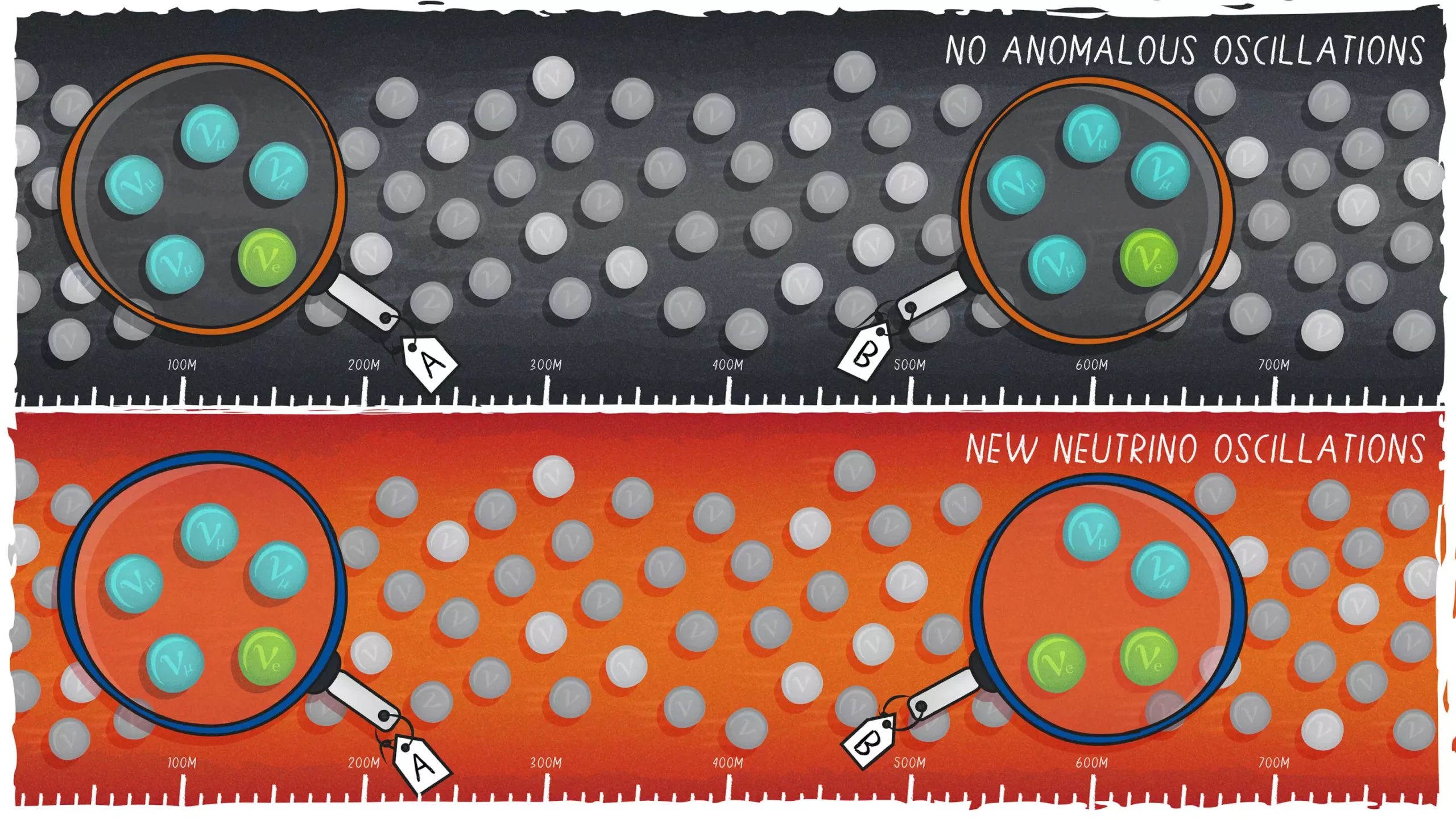Scientists at Fermi National Accelerator Laboratory have reached a significant milestone in their research on neutrinos. After years of planning and construction, the Short-Baseline Near Detector (SBND) has successfully detected its first neutrino interactions. This accomplishment marks the culmination of a decade-long effort by an international collaboration of physicists and engineers from multiple countries.
The Standard Model has long been the cornerstone of particle physics, providing a framework for understanding the fundamental building blocks of the universe. However, despite its success in explaining many phenomena, the Standard Model is incomplete. Over the past three decades, anomalies in experimental data have raised questions about the existence of a possible fourth type of neutrino.
Neutrinos, the second most abundant particles in the universe, are notoriously elusive due to their weak interactions with matter. These ghostly particles come in three flavors – muon, electron, and tau – and are known to oscillate between these states. The detection of a fourth neutrino could offer new insights into the fundamental nature of matter and energy.
The Short-Baseline Neutrino Program at Fermilab aims to shed light on neutrino oscillations and explore the possibility of a fourth neutrino. SBND serves as the near detector in this program, while the far detector ICARUS collects complementary data. By studying neutrinos in both the near and far regions, researchers can gain a comprehensive understanding of neutrino behavior.
One of the key advantages of SBND is its proximity to the neutrino beam, allowing for a high rate of neutrino interactions. The vast amount of data generated by SBND will enable researchers to study neutrino interactions with unprecedented precision. Additionally, the use of liquid argon in SBND presents unique challenges in understanding neutrino interactions, but also offers valuable insights for future experiments like the Deep Underground Neutrino Experiment (DUNE).
While neutrinos are the primary focus of SBND, the detector also has the potential to uncover other phenomena beyond the Standard Model. From dark matter to exotic particles produced in particle beams, SBND has the capability to explore new realms of physics and potentially revolutionize our understanding of the universe.
As SBND continues to gather data and analyze neutrino interactions, the collaboration looks ahead to a future filled with exciting possibilities. The detection of the first neutrinos at SBND marks the beginning of a transformative journey into the unknown realms of particle physics. With each new discovery, scientists are one step closer to unraveling the mysteries of the universe.
The groundbreaking research conducted at Fermi National Accelerator Laboratory represents a significant leap forward in our quest for new physics. The detection of neutrinos at SBND is not just a scientific achievement, but a testament to the dedication and expertise of the international collaboration involved. As we venture further into the realm of particle physics, the discoveries made at SBND will undoubtedly shape the future of scientific exploration.


Leave a Reply